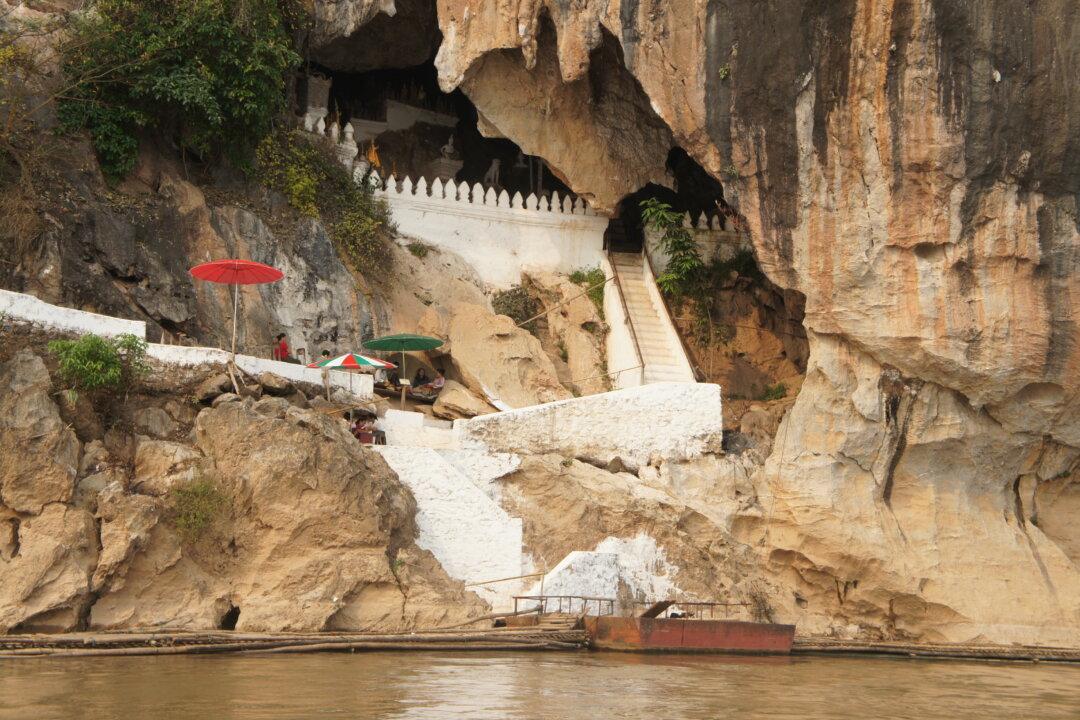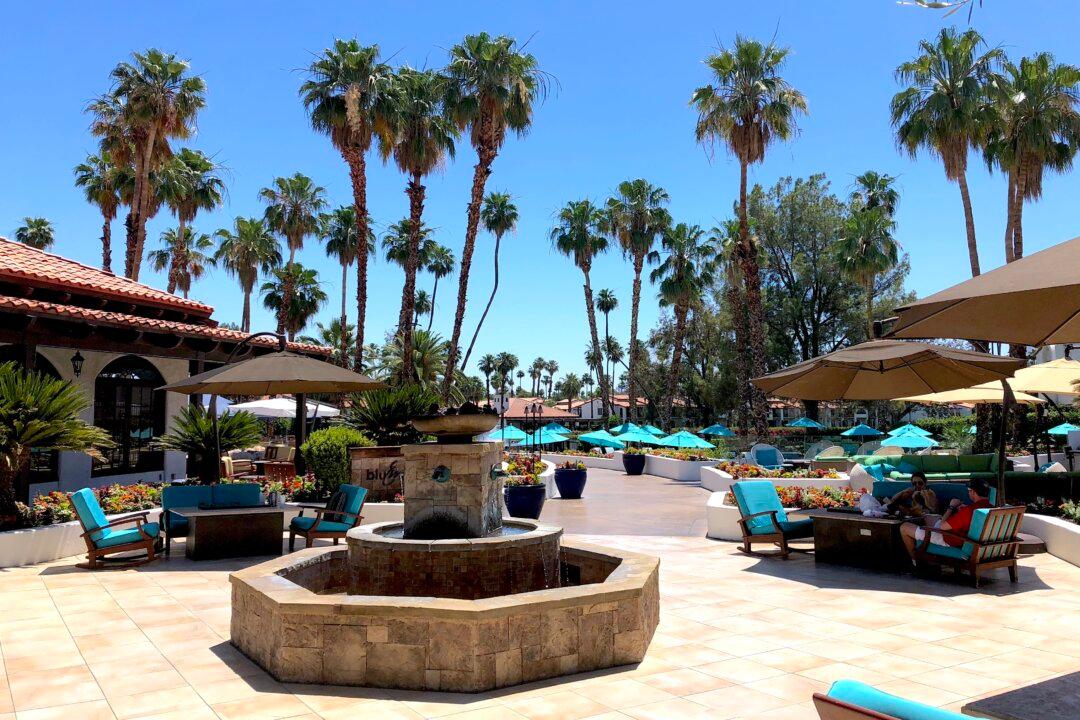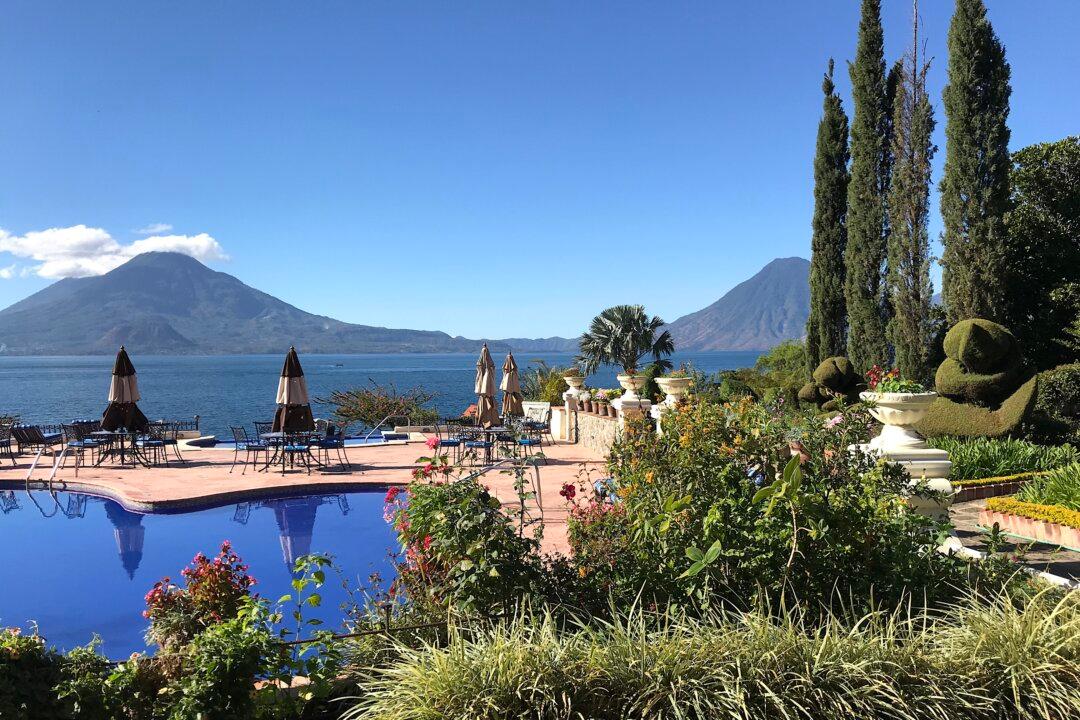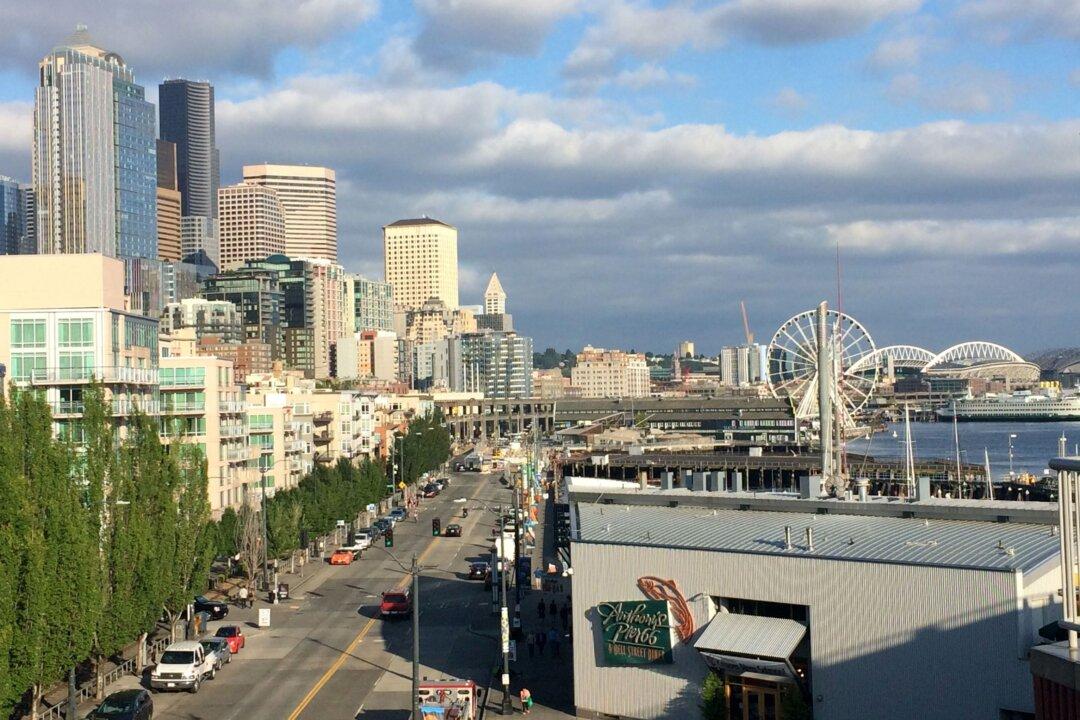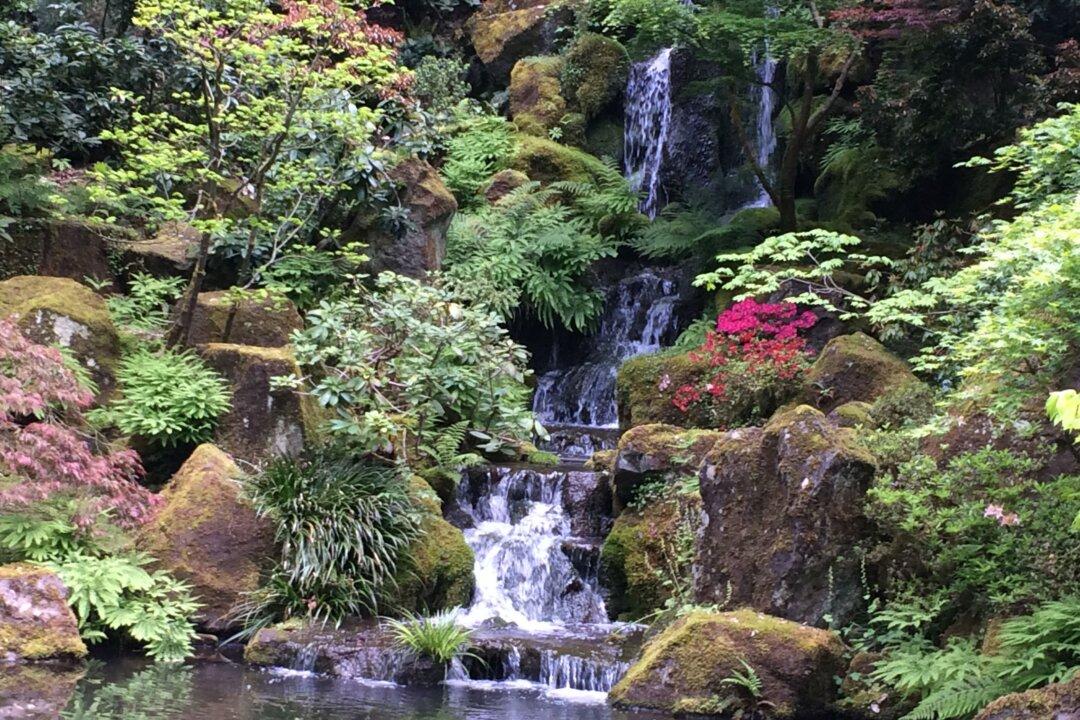Giant fans of green foliage carpet the mammoth mountainside bearing tall and slender teak, sandalwood, and rosewood trees nestled against the shoreline, adding a spark of color under a grey and white-coated sky. An occasional longtail or cargo boat slices through the still waters.
As our boat inches its way on a scenic sojourn down Southeast Asia’s Mekong River, through the untouched natural beauty of Laos, I feel as though I am traveling back in time.
Ten tourists, mostly from Australia and England, and I were on a 13-day discovery with Insider Journeys, a well-seasoned small-group travel company, exploring the sweeping mountain area and remote villages to uncover life the way it was hundreds of years ago. Laos, land of a million elephants and some 6.7 million people, is one of the least developed and populated of all the Southeast Asian nations. Mountains and plateaus cover 70 percent of the country.

